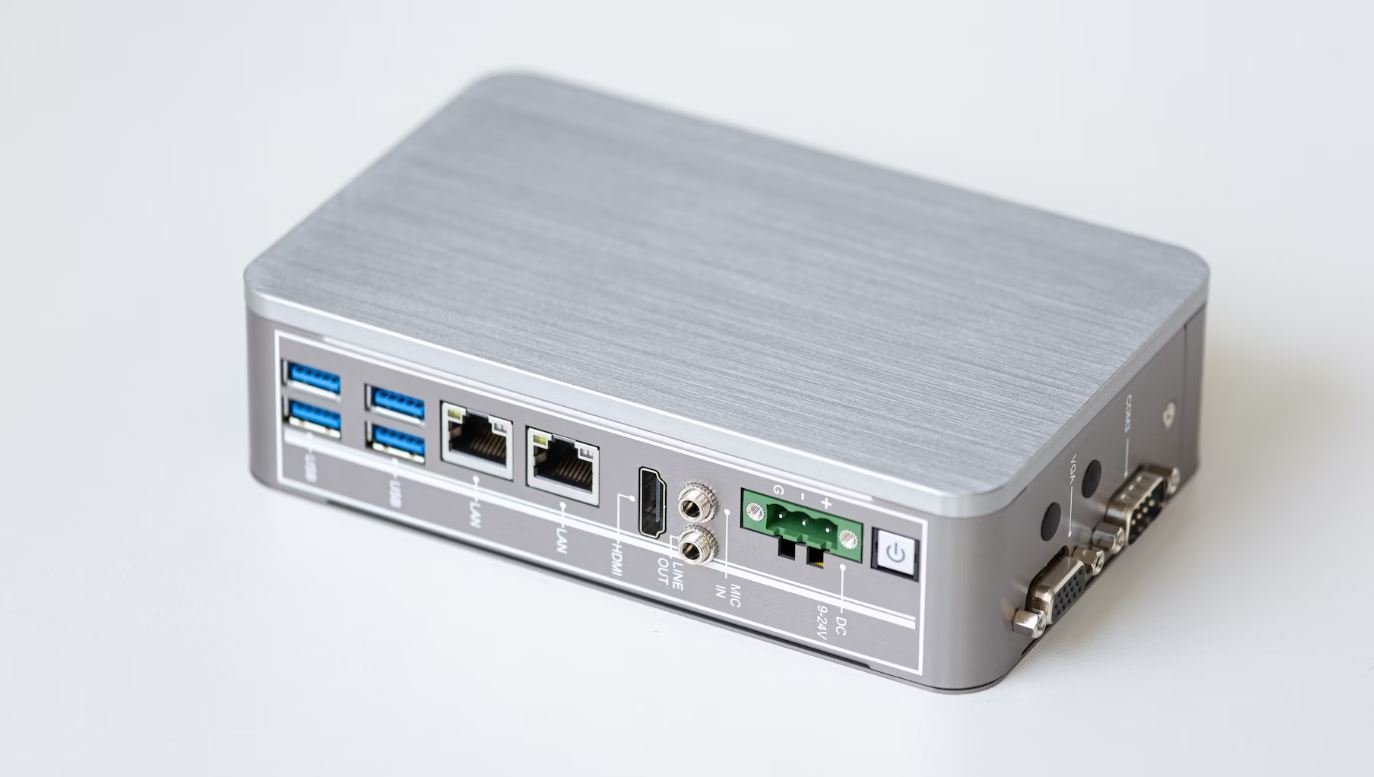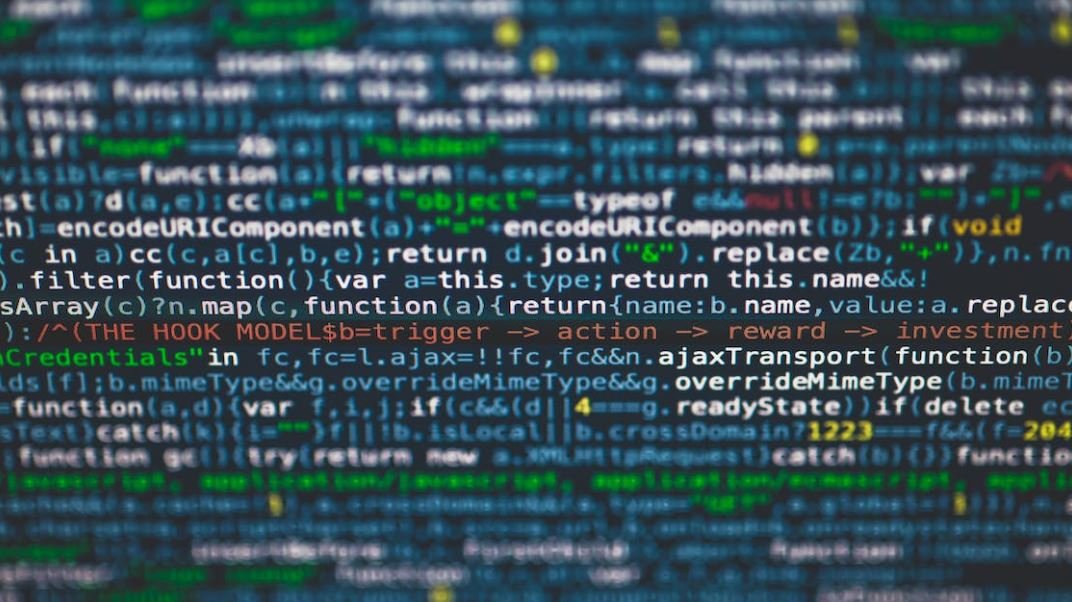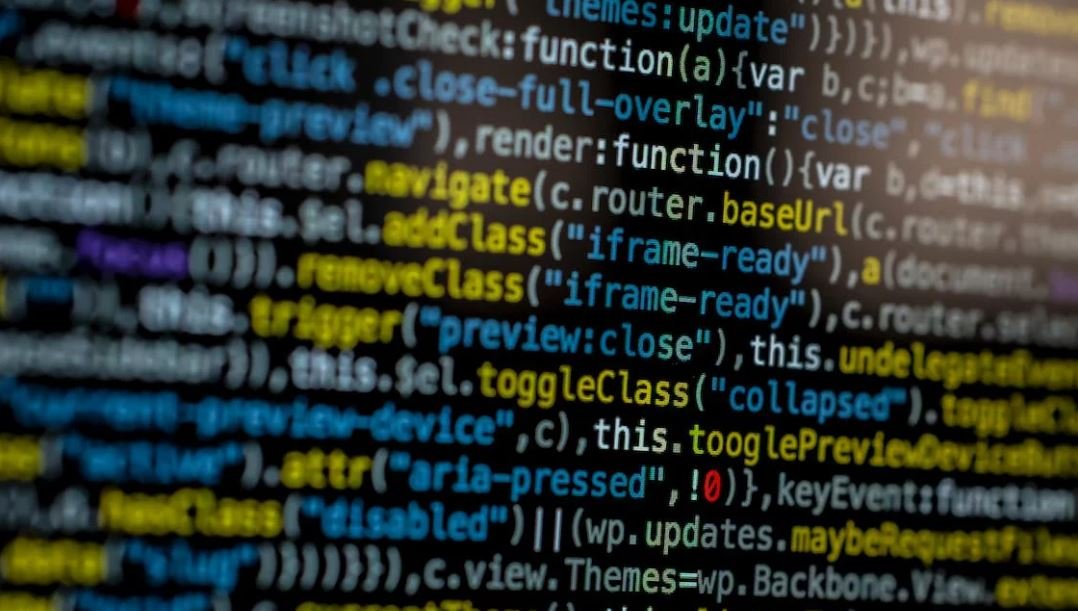How AI Model Training Works
Artificial Intelligence (AI) is revolutionizing various industries, from healthcare to finance. One of the crucial components of AI is model training, which is the process of teaching AI models to perform specific tasks. Through continuous learning and optimization, AI models can improve their accuracy and performance over time. In this article, we will explore how AI model training works.
Key Takeaways:
- AI model training is the process of teaching AI models to perform tasks.
- Training involves feeding the model with labeled data and adjusting its parameters.
- AI model training uses algorithms to find patterns and make predictions.
During AI model training, the model is exposed to a large dataset that includes input data and corresponding target outputs. The inputs and outputs are labeled to provide the model with information about the correct answers for a given input. With each training example, the model analyzes the input, makes a prediction, and compares it to the target output. This comparison allows the model to calculate the difference between the predicted and actual values, known as the loss. The goal of training is to minimize the loss and improve the model’s accuracy.
*Interesting fact*: AI model training is similar to how humans learn. We learn through examples and feedback, adjusting our understanding and behavior based on the results.
To update the model’s parameters and reduce the loss, AI model training uses optimization algorithms. These algorithms analyze the loss and make small adjustments to the model’s parameters to improve its predictions. The process is repeated multiple times, with the model gradually refining its predictions through each iteration. There are several optimization algorithms used in AI model training, such as stochastic gradient descent, Adam, and RMSprop.
AI model training involves an iterative process where the model learns from its mistakes and updates its parameters to improve its performance. This process continues until the model achieves the desired level of accuracy or performance. The number of iterations, or epochs, required for training can vary depending on the complexity of the task and the size of the dataset.
Types of AI Model Training:
- Supervised Learning: In supervised learning, the model is trained using labeled data, where both the input and the desired output are provided. The model learns to map inputs to outputs by minimizing the difference between its predicted outputs and the true outputs.
- Unsupervised Learning: Unsupervised learning involves training the model on unlabeled data. The model learns to identify patterns and relationships in the data without any predefined labels or target outputs. This type of training is useful for discovering hidden structures or generating new insights.
- Reinforcement Learning: In reinforcement learning, the model learns to make decisions based on feedback from the environment. The model interacts with the environment, receives rewards or penalties based on its actions, and adjusts its behavior accordingly to maximize its rewards over time.
Data Preprocessing:
Data preprocessing is a crucial step in AI model training. It involves cleaning and transforming the data to make it suitable for training. Common data preprocessing techniques include:
- Normalization: Scaling the data to a specific range to ensure consistent features.
- Feature Selection: Choosing relevant features that contribute to the task at hand.
- Feature Engineering: Creating new features from the existing data to enhance the model’s performance.
- Data Augmentation: Generating additional training examples by applying transformations to the existing data.
*Interesting fact*: Data preprocessing can significantly impact the performance of an AI model. Appropriate preprocessing techniques can improve accuracy and reduce training time.
Challenges in AI Model Training:
AI model training can present various challenges. These challenges include:
- Availability of labeled data: Training models often require large amounts of labeled data, which can be time-consuming and costly to acquire.
- Computational power and resources: Training complex AI models can demand significant computational power and resources.
- Overfitting: Overfitting occurs when the model performs well on the training data but fails to generalize to unseen data. Regularization techniques, such as dropout and weight decay, help mitigate overfitting by preventing the model from memorizing specific patterns in the training data.
The Future of AI Model Training:
AI model training is continuously evolving and holds immense potential for the future. Researchers are exploring ways to accelerate model training using parallel computing, distributed systems, and hardware accelerators. Additionally, techniques like transfer learning enable models to leverage knowledge learned from one task to perform well on related tasks. As AI continues to advance, model training techniques will become more efficient, enabling the development of smarter and more capable AI systems.

Common Misconceptions
Misconception 1: AI models can learn from any data
One common misconception about AI model training is the belief that AI models can learn from any type of data. While AI models are capable of learning and making predictions, they require high-quality, relevant data to be effective. Here are some relevant bullet points:
- AI models depend on the quality and relevance of the data provided
- Data inconsistencies or biases can negatively impact AI model performance
- AI models may struggle to generalize if the training data is not representative of the desired outcomes
Misconception 2: AI models do not require human intervention
Another misconception is that AI models do not require human intervention during the training process. In reality, human involvement is crucial for successful AI model training. Here are some relevant bullet points:
- Human experts are needed to label and annotate training data
- Regular monitoring and adjustments by humans are necessary to evaluate and improve the model
- Human intervention is essential to address biases or ethical concerns that might arise during training
Misconception 3: AI models are infallible
There is a misconception that AI models are perfect and infallible once trained. While AI models can make accurate predictions, they are not exempt from errors or limitations. Here are some relevant bullet points:
- AI models can be sensitive to changes in the input data or environment
- Complex scenarios or outliers may challenge the accuracy and generalizability of the model
- AI models may produce biased or unethical results if the training data is biased or reflects societal prejudices
Misconception 4: AI models only require one-time training
Some people believe that AI models only need to be trained once and can perform optimally forever. However, AI models often require periodic retraining to maintain their performance and adapt to new data. Here are some relevant bullet points:
- AI models may become outdated as new information and trends emerge
- Retraining is necessary to incorporate feedback and improve the model’s accuracy and performance
- Continual adjustments and updates may be needed to address new challenges or changing requirements
Misconception 5: AI models can think and reason like humans
There is a misconception that AI models can think and reason like humans do. While AI models can process large amounts of data and make predictions, they do not possess human-like cognitive abilities. Here are some relevant bullet points:
- AI models follow predefined algorithms and do not have consciousness or emotions
- They lack the ability to understand context or infer information beyond what they have been trained on
- AI models cannot replicate human reasoning, intuition, or creativity

The History of AI
Before diving into how AI model training works, let’s take a brief look at the history of AI. The concept of artificial intelligence dates back to ancient times, but it wasn’t until the mid-20th century that significant advancements started to take place. From simple rule-based systems to complex machine learning algorithms, AI has come a long way. The following table showcases some key milestones in the history of AI.
| Year | Development |
|---|---|
| 1950 | Alan Turing’s test proposed |
| 1956 | John McCarthy coined the term “Artificial Intelligence” |
| 1966 | ELIZA, the first chatbot, created |
| 1986 | Geoffrey Hinton publishes seminal paper on backpropagation |
| 1997 | IBM’s Deep Blue defeats world chess champion Garry Kasparov |
The Basics of AI Model Training
To understand how AI model training works, it’s important to grasp the fundamental concepts. AI models are trained using vast amounts of data to learn patterns and make predictions. The following table outlines the basic steps involved in training an AI model.
| Step | Description |
|---|---|
| Data Collection | Gather relevant and diverse datasets |
| Data Preprocessing | Clean, transform, and prepare the data for training |
| Model Selection | Choose the appropriate model architecture |
| Training | Iteratively optimize the model parameters using the data |
| Evaluation | Assess the model’s performance on unseen data |
Supervised Learning Algorithms
Supervised learning is a popular approach in AI model training where labeled data is used to teach the model to make accurate predictions. Various supervised learning algorithms exist, each with its own strengths and weaknesses. The following table highlights some common supervised learning algorithms.
| Algorithm | Description |
|---|---|
| Linear Regression | Predicts continuous target values based on input variables |
| Decision Trees | Divides the data into branches based on conditions |
| Random Forests | Ensemble of decision trees for improved predictions |
| Support Vector Machines | Finds optimal hyperplanes to classify data |
| Neural Networks | Artificial networks of interconnected neurons for complex tasks |
Unsupervised Learning Algorithms
Unsupervised learning techniques allow AI models to discover patterns and structures in unlabeled data without specific guidance. These algorithms are useful when the task is to explore and understand the data itself. The following table showcases some popular unsupervised learning algorithms.
| Algorithm | Description |
|---|---|
| K-means Clustering | Grouping of data into K clusters based on similarities |
| Principal Component Analysis (PCA) | Reduces data’s dimensionality while preserving its variance |
| Association Rule Mining | Identifies interesting relationships between variables in the data |
| Self-Organizing Maps (SOM) | Maps high-dimensional data onto a grid for visualization |
| Hierarchical Clustering | Builds a hierarchy of clusters for data organization |
Deep Learning Frameworks
Deep learning, a subset of machine learning, utilizes neural networks with multiple layers to extract complex representations from data. Several highly efficient frameworks have been developed to facilitate deep learning model training. The table below highlights some prominent deep learning frameworks.
| Framework | Description |
|---|---|
| TensorFlow | Open-source library by Google, widely used in research and industry |
| PyTorch | Dynamic neural network library emphasizing ease of use |
| Keras | User-friendly high-level API with TensorFlow and Theano backend |
| Caffe | Deep learning framework known for speed and efficiency |
| Theano | Mathematical expressions compiler for efficient computations |
Challenges in AI Model Training
AI model training is not without its challenges. From data biases to computational requirements, several factors affect the training process and the resulting model’s performance. The table below presents some common challenges faced in AI model training.
| Challenge | Description |
|---|---|
| Data Quality | Poor quality or biased data can lead to inaccurate models |
| Computational Resources | Training deep models can be computationally intensive |
| Overfitting | Models may become too specialized to represent general patterns |
| Interpretability | Understanding how and why models make certain decisions |
| Transfer Learning | Efficiently reusing pre-trained models for new tasks |
The Future of AI Model Training
As AI continues to advance, the future of AI model training holds immense opportunities. The development of novel algorithms, more robust datasets, and improved computing capabilities will undoubtedly lead to even more sophisticated AI models. By overcoming challenges and leveraging the power of AI, we can expect transformative advancements in diverse fields.
Frequently Asked Questions
What is AI model training?
AI model training is the process of teaching an artificial intelligence system to recognize patterns and make accurate predictions or decisions based on data. It involves feeding the AI model with a large dataset, applying statistical algorithms to analyze the data, and adjusting the model’s parameters to optimize its performance.
How does AI model training work?
AI model training typically involves several steps. First, the training data is collected, preprocessed, and labeled to ensure its quality and relevance. Then, the AI model is initialized with some initial parameters. The model is trained by iteratively feeding it with the training data, computing the model’s predictions, comparing them with the actual labels, and updating the model’s parameters to minimize the prediction error. This process continues until the model achieves the desired level of accuracy or performance.
What types of algorithms are used in AI model training?
Various algorithms are used in AI model training, depending on the specific task and the type of data. Some common algorithms include linear regression, logistic regression, decision trees, random forests, support vector machines, and neural networks. Each algorithm has its strengths and weaknesses and is chosen based on the requirements of the AI model training task.
What is the role of labeled data in AI model training?
Labeled data plays a crucial role in AI model training. It consists of input data along with corresponding output labels or annotations. This labeled data is used to train the AI model by enabling it to learn the patterns and relationships between the input data and the desired outputs. Labeled data helps the model to understand the correct associations and make accurate predictions or decisions.
How is the quality of an AI model assessed during training?
The quality of an AI model is assessed by evaluating its performance on a separate validation dataset that was not used during the training process. Different performance metrics are used depending on the task, such as accuracy, precision, recall, F1 score, or mean squared error. These metrics provide a quantitative measure of how well the model is performing and help to identify if any further improvements or adjustments are needed.
What is overfitting in AI model training?
Overfitting occurs when an AI model becomes too specialized in the training data and performs poorly on new, unseen data. It happens when the model learns to memorize the training examples instead of generalizing from them. Overfitting can be mitigated by using techniques such as regularization, cross-validation, and early stopping, to prevent the model from becoming overly complex and overly reliant on specific details of the training data.
How long does AI model training typically take?
The duration of AI model training depends on various factors, such as the complexity of the task, the size of the training dataset, the chosen algorithm, and the available computational resources. Training simple models on small datasets might take minutes or hours, while training complex models on large datasets could take days, weeks, or even months.
What hardware and software is required for AI model training?
The hardware and software requirements for AI model training vary depending on the specific task and the scale of the project. Training deep learning models with large datasets often requires powerful hardware, such as GPUs or specialized accelerators, to speed up the computations. Software frameworks and libraries such as TensorFlow, PyTorch, or scikit-learn are commonly used for AI model training as they provide efficient implementations of various algorithms and tools for data processing.
What challenges are involved in AI model training?
AI model training can present several challenges. Gathering and preprocessing high-quality training data can be time-consuming and expensive. Choosing the right algorithm and model architecture for a given task requires expertise and experimentation. Training complex models may require significant computational resources. Overfitting, underfitting, and performance evaluation also pose challenges. Additionally, staying up to date with the latest research and techniques in the field is necessary to ensure optimal model training.
Can AI models be trained without human intervention?
AI models require human intervention in the form of providing labeled data, designing the model architecture, selecting appropriate algorithms, tuning hyperparameters, and evaluating model performance. However, there are certain techniques like unsupervised learning and reinforcement learning that can allow AI models to learn from unlabeled data or through interactions with the environment, reducing the need for explicit human intervention to some extent.




